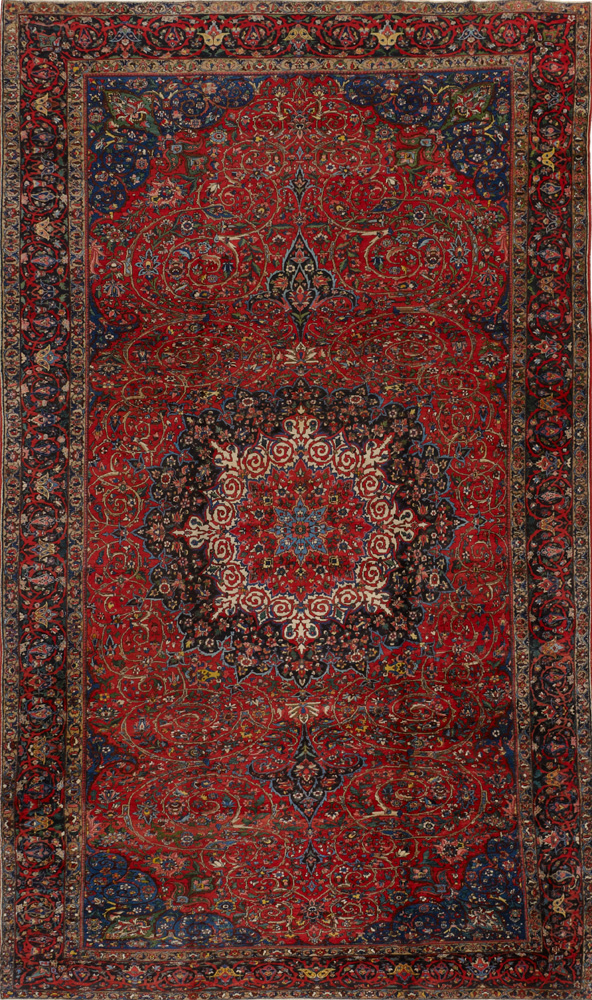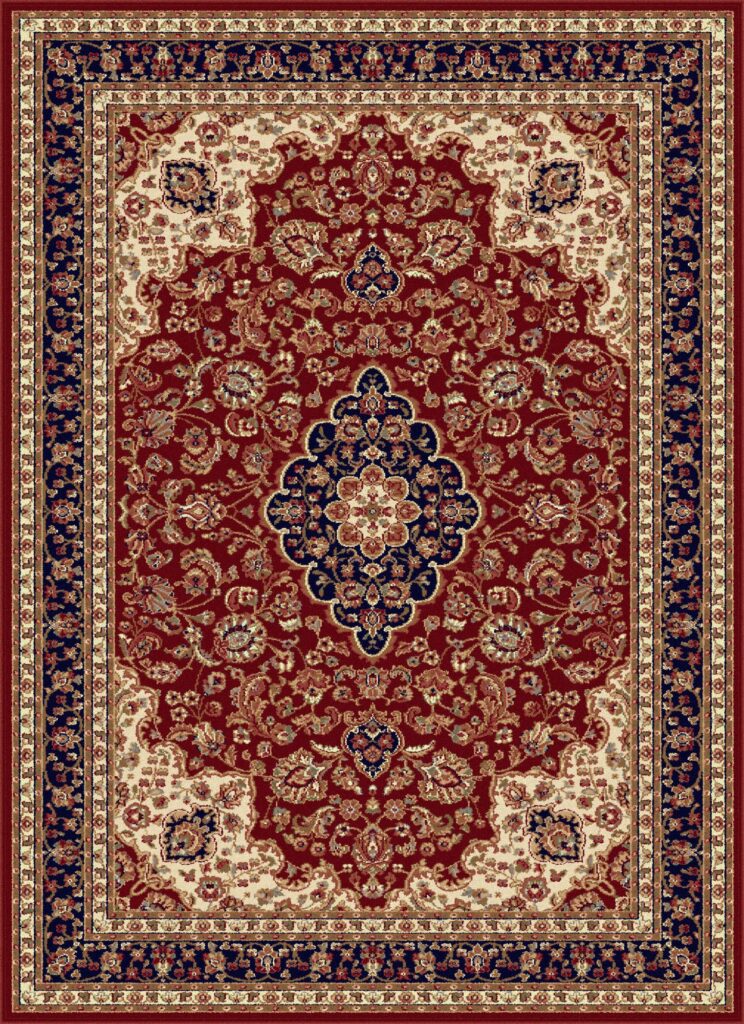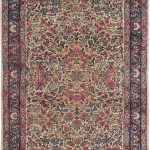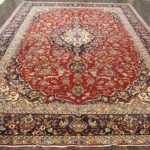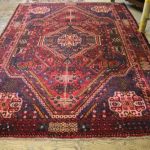Oriental rugs have a rich history and cultural significance that dates back centuries. These intricately woven carpets have been an integral part of Middle Eastern and Asian cultures for generations, and their unique designs and patterns hold special meanings and symbolism.
The history of Oriental rugs can be traced back to ancient civilizations such as Persia, Turkey, China, and India, where they were used as decorative pieces for royalty and nobility. These carpets were considered symbols of wealth and status, and were often passed down through generations as treasured family heirlooms.
The art of rug weaving has been a traditional craft in many cultures, with techniques and designs being passed down from master weavers to apprentices for hundreds of years. Each region had its own distinctive style and patterns, with Persian rugs being known for their intricate floral designs and vibrant colors, while Turkish rugs featured bold geometric patterns and earth tones.
The cultural significance of Oriental rugs goes beyond their aesthetic beauty. These carpets often tell a story or convey a message through their intricate designs and motifs. For example, some rugs feature motifs of animals or plants that hold symbolic meaning in certain cultures, while others may depict historical events or religious symbols.
In addition to their artistic value, Oriental rugs also serve a practical purpose. The thick pile and tight weave of these carpets make them durable and long-lasting, making them a popular choice for covering floors in cold climates.
Today, Oriental rugs continue to be highly sought after for their beauty, craftsmanship, and cultural significance. Collectors and enthusiasts from around the world appreciate the intricate designs and craftsmanship that go into creating these timeless treasures.
Whether displayed as a work of art in a museum or used as a functional piece in a home, Oriental rugs are a testament to the rich history and cultural heritage of the regions where they originated. Their beauty and craftsmanship have stood the test of time, making them a valuable and cherished part of many cultures around the world.
 goodworksfurniture Decoration and home design ideas
goodworksfurniture Decoration and home design ideas
